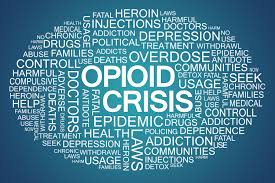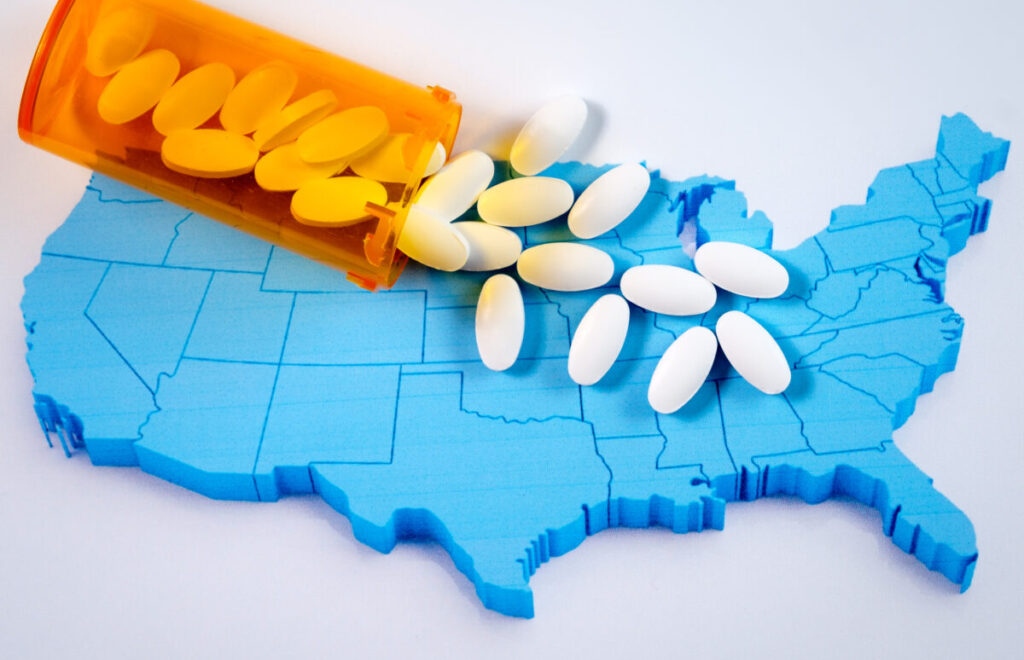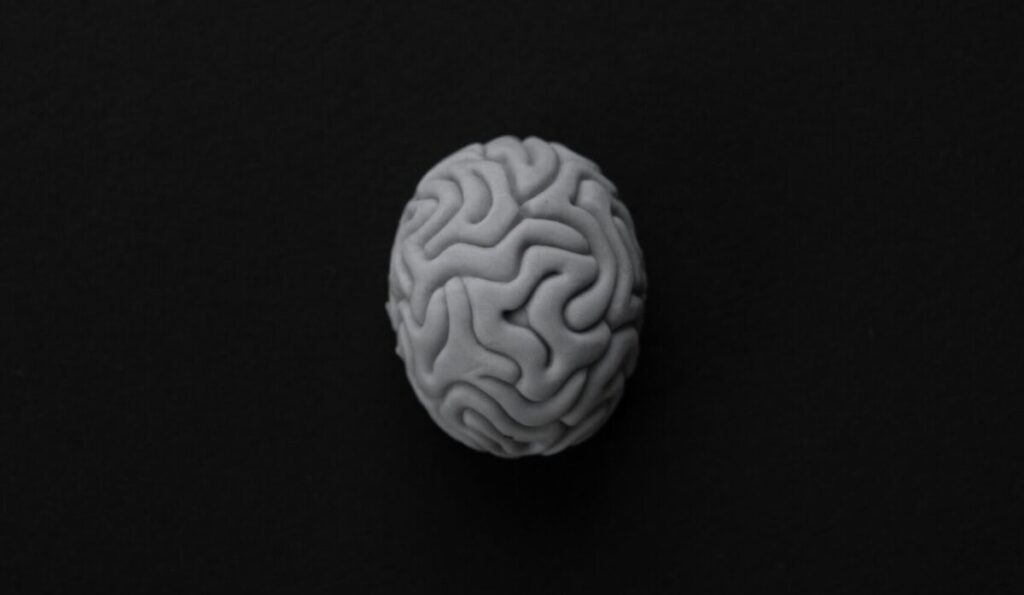
From CNN – Experts say the U.S. is in the throes of an opioid epidemic, as more than two million of Americans have become dependent on or abused prescription pain pills and street drugs. Opioids are drugs formulated to replicate the pain reducing properties of opium. They include both legal painkillers like morphine, oxycodone, or hydrocodone prescribed by doctors for acute or chronic pain, as well as illegal drugs like heroin or illicitly made fentanyl.
The word “opioid” is derived from the word “opium.” During 2015, there were 52,404 overdose deaths in the United States, including 33,091 (63.1%)that involved an opioid. That’s an average of 91 opioid overdose deaths each day.
The number of opioid prescriptions dispensed by doctors steadily increased from 112 million prescriptions in 1992 to a peak of 282 million in 2012, according to the market research firm IMS Health. The number of prescriptions dispensed has since declined, falling to 236 million in 2016.
The number of opioid prescriptions dispensed by doctors steadily increased from 112 million prescriptions in 1992 to a peak of 282 million in 2012, according to the market research firm IMS Health. The number of prescriptions dispensed has since declined, falling to 236 million in 2016.
Common opioids
Opioids bind to receptors in the brain and spinal cord, disrupting pain signals. They also activate the reward areas of the brain by releasing the hormone dopamine, creating a feeling of euphoria or a “high.”
Opioids bind to receptors in the brain and spinal cord, disrupting pain signals. They also activate the reward areas of the brain by releasing the hormone dopamine, creating a feeling of euphoria or a “high.”
Opioids such as morphine and codeine are naturally derived from opium poppy plants more commonly grown in Asia, Central America and South America. Heroin is an illegal drug synthesized from morphine.
Hydrocodone and oxycodone are semi-synthetic opioids, manufactured in labs with natural and synthetic ingredients. Between 2006 and 2014, the most widely prescribed opioid was hydrocodone (Vicodin). In 2014, 7.8 billion hydrocodone pills were distributed nationwide. The second most prevalent opioid was oxycodone (Percocet). In 2014, 4.9 billion oxycodone tablets were distributed in the United States.
The International Narcotics Control Board reported that in 2015, Americans represented about 99.7% of the world’s hydrocodone consumption.
Fentanyl is a fully synthetic opioid, originally developed as a powerful anesthetic for surgery. It is also administered to alleviate severe pain associated with terminal illnesses like cancer. The drug is up to 100 times more powerful than morphine. Just a small dose can be deadly. Illicitly produced fentanyl has been a driving factor in the number of overdose deaths in recent years.
Methadone is another fully synthetic opioid. It is commonly dispensed to recovering heroin addicts to relieve the symptoms of withdrawal.
Addiction
Opioid use disorder is the clinical term for opioid addiction or abuse. People who become dependent on opioids may experience withdrawal symptoms when they stop taking the pills. Dependence is often coupled with tolerance, meaning that opioid users need to take increasingly larger doses of the medication for the same effect.
Opioid use disorder is the clinical term for opioid addiction or abuse. People who become dependent on opioids may experience withdrawal symptoms when they stop taking the pills. Dependence is often coupled with tolerance, meaning that opioid users need to take increasingly larger doses of the medication for the same effect.
About 11.5 million Americans age 12 and older misused prescription pain medicine in 2016, according to the Substance Abuse and Mental Health Services Administration. About 948,000 or 0.3% of the US population age 12 and up used heroin in 2016.
People who become dependent on pain pills may switch to heroin because it is less expensive than prescription drugs. The National Institute on Drug Abuse estimates that half of young people who inject heroin turned to the street drug after abusing prescription painkillers, also that three in four new heroin users start out using prescription drugs.
The number of overdose deaths related to heroin increased 533% between 2002 and 2016, from an estimated 2,089 in 2002 to 13,219 in 2016.
A drug called naloxone, available as an injection or a nasal spray, is used as a treatment for overdoses. It blocks or reverses the effects of opioids and is often carried by first responders.
More data on overdose deaths
Regulation and funding
In 2013, the cost of medical care and substance abuse treatment for opioid addiction and overdose was an estimated $78.5 billion, according to a report in the journal Medical Care.
In 2013, the cost of medical care and substance abuse treatment for opioid addiction and overdose was an estimated $78.5 billion, according to a report in the journal Medical Care.
Forty-nine states have prescription drug monitoring programs, databases which enable health care providers to curb “doctor shopping” by patients who obtain opioid prescriptions from multiple physicians. Missouri’s program is not yet statewide but has enacted legislation to authorize it.
The 21st Century Cures Act, passed in 2016, allocated $1 billion over two years in opioid crisis grants to states, providing funding for expanded treatment and prevention programs. In April 2017, Health and Human Services Secretary Tom Price announced the distribution of the first round of $485 million in grants to all 50 states and US territories.
In August 2017, Attorney General Jeff Sessions announced the launch of an Opioid Fraud and Abuse Detection Unit within the Department of Justice. The unit’s mission is to prosecute individuals who commit opioid-related health care fraud. The DOJ is also appointing US attorneys who will specialize in opioid health care fraud cases as part of a three-year pilot program in 12 jurisdictions nationwide.
State legislatures are also taking action, introducing measures to regulate pain clinics and limit the quantity of opioids that doctors can dispense.


